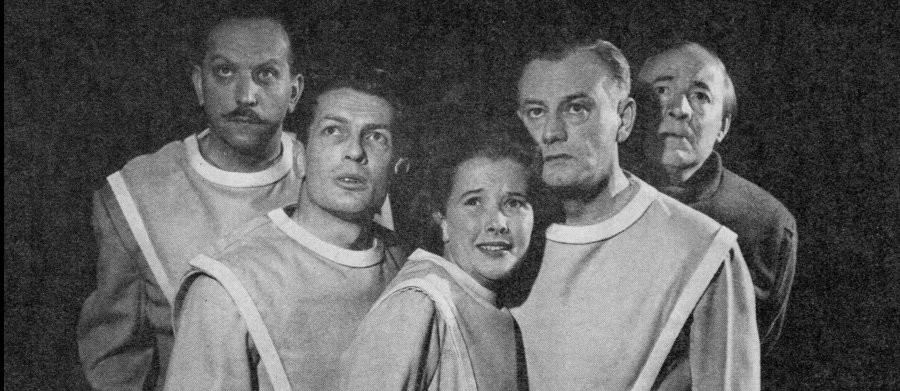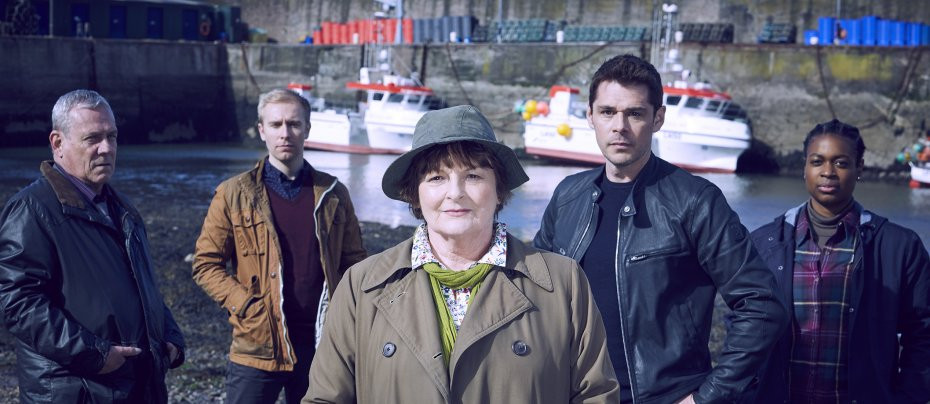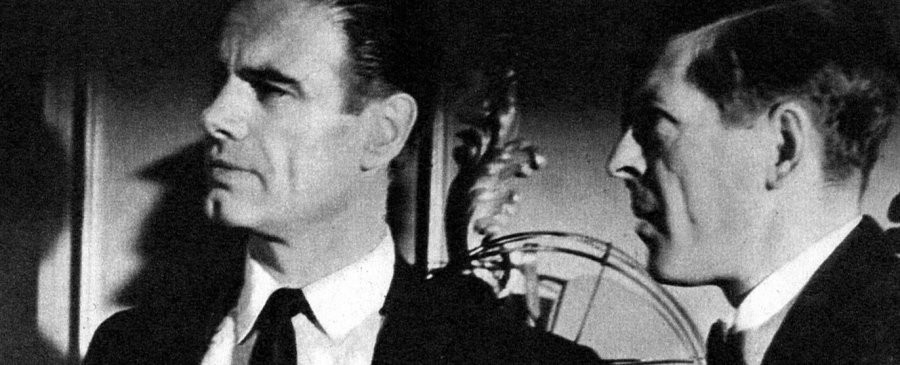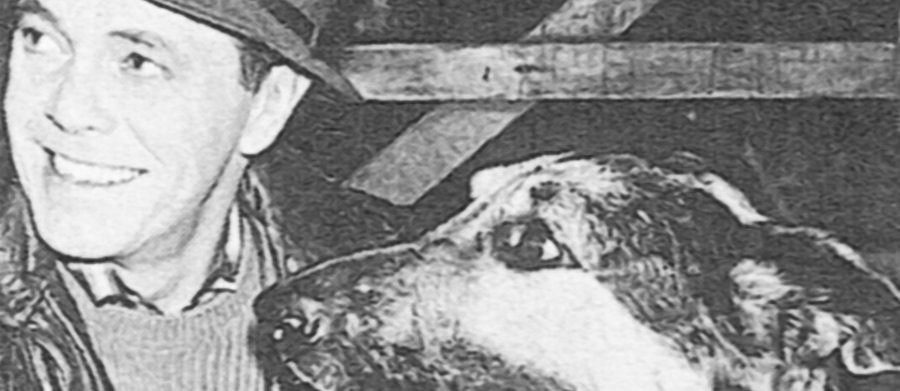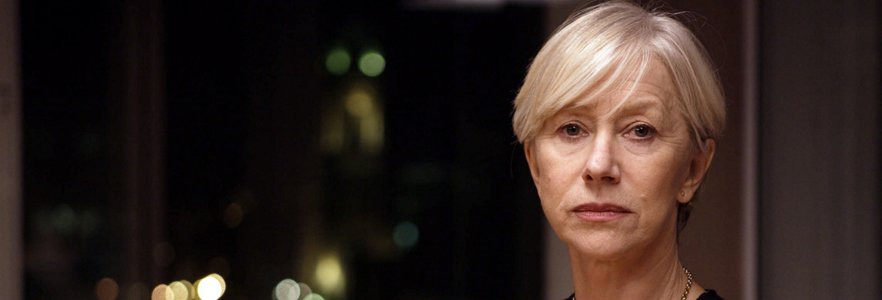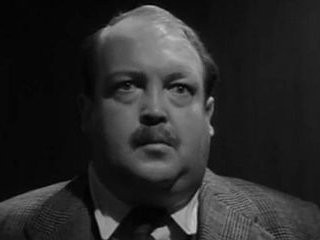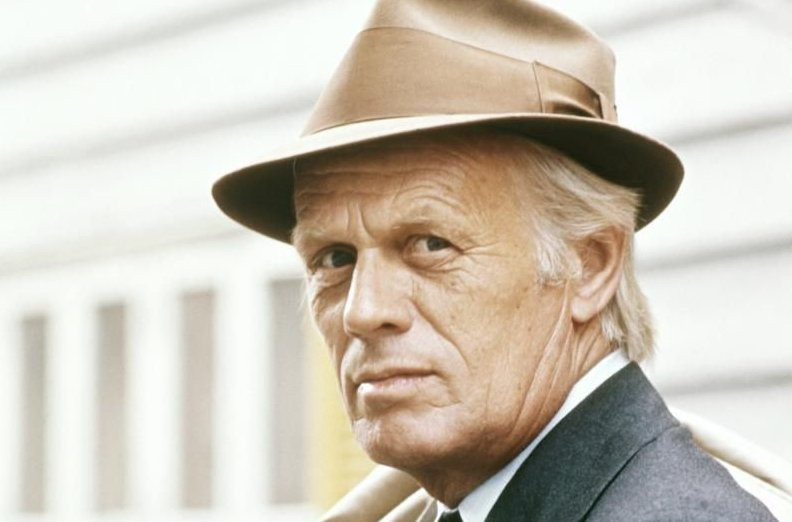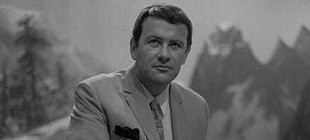
No Hiding Place
1959 - United KingdomBefore gritty realism became the staple of British crime television, No Hiding Place had already carved out a formidable reputation as one of the UK's most respected police procedurals. Running from 1959 to 1967, the series followed the exploits of Detective Chief Superintendent Tom Lockhart of Scotland Yard, played with gravitas and quiet authority by Raymond Francis. While the show might now be seen through a nostalgic lens, in its day it was a ground-breaking piece of television that set the tone for many crime dramas that followed.
Lockhart’s journey actually began earlier than No Hiding Place. He first appeared in Murder Bag (1957), where he investigated cases from the titular piece of evidence. That series evolved into Crime Sheet in 1959, before settling into its most enduring and successful incarnation, No Hiding Place. The change in format allowed the character, and the cases he tackled, to develop a greater depth and complexity, with Lockhart becoming one of British television’s most recognisable and admired detectives.
The success of No Hiding Place was built on several strong foundations. Firstly, there was Francis himself, his portrayal of Lockhart as a calm, methodical, and incorruptible detective stood in sharp contrast to the more eccentric or maverick figures that would come to dominate the genre in later decades. Lockhart was a figure of reassurance as much as of justice, and audiences came to trust him implicitly.
He was ably supported by a changing roster of detective sergeants. Eric Lander’s Sgt Baxter was the first and most popular, so much so that he was briefly spun off into his own short-lived series, Echo Four Two. When that failed to resonate with audiences, Baxter returned to No Hiding Place, a testament to both the strength of the character and the loyalty of the viewers. Later assistants included the likes of Russell (played by a young Johnny Briggs, who would later find long-term fame as Mike Baldwin in Coronation Street), Perryman (Michael McStay), and finally Gregg (Sean Caffrey), each bringing their own dynamic to the well-worn partnership formula.
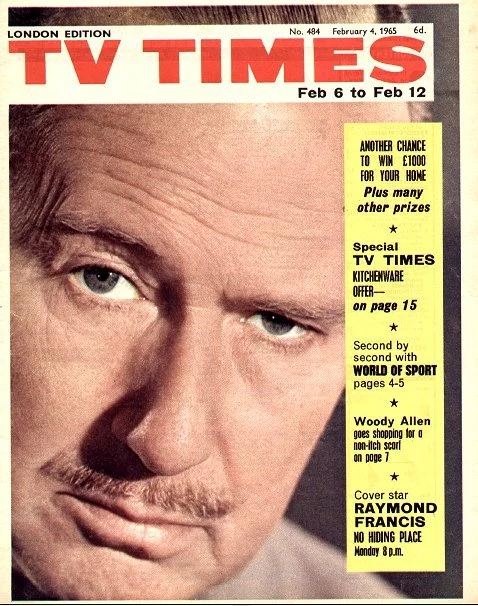
Part of the series’ appeal lay in its commitment to authenticity. Unlike many contemporaneous police shows, No Hiding Place paid close attention to accurate police procedure and the realities of investigative work. This wasn’t a world of sudden revelations or car chases; cases unfolded through interviews, careful observation, and methodical detective work. Indeed, many episodes were broadcast live, a factor that added to the immediacy and sense of realism for viewers.
The programme also enjoyed strong support from real-life police, many of whom praised its faithful depiction of their work. Its popularity with the public was similarly unwavering, to the extent that when the show was scheduled for cancellation in 1965, viewer outcry was so great that Lockhart’s television career was extended for another two years. This rare instance of public intervention highlights just how embedded the series, and Lockhart himself, had become in the national consciousness.
Although it may not boast the cult following or critical revaluation of some of its later successors, No Hiding Place deserves to be remembered as a quiet pioneer of the genre. In an era before forensic technology and psychological profiling became television tropes, it delivered solid, character-driven storytelling rooted in believable police work. Its longevity alone—spanning over 280 episodes—is testament to its enduring appeal and the skill with which it was made.
Verdict (2025 perspective):
★★★★☆ No Hiding Place was a series that combined integrity, intelligence and a strong moral centre. At its heart was Raymond Francis’s Lockhart, a detective for whom justice was a calling, not a performance. That legacy, understated as it may now seem, remains a cornerstone of British police drama.
Seen this show? How do you rate it?
Seen this show? How do you rate it?
Published on January 14th, 2019. Written by Marc Saul for Television Heaven.


